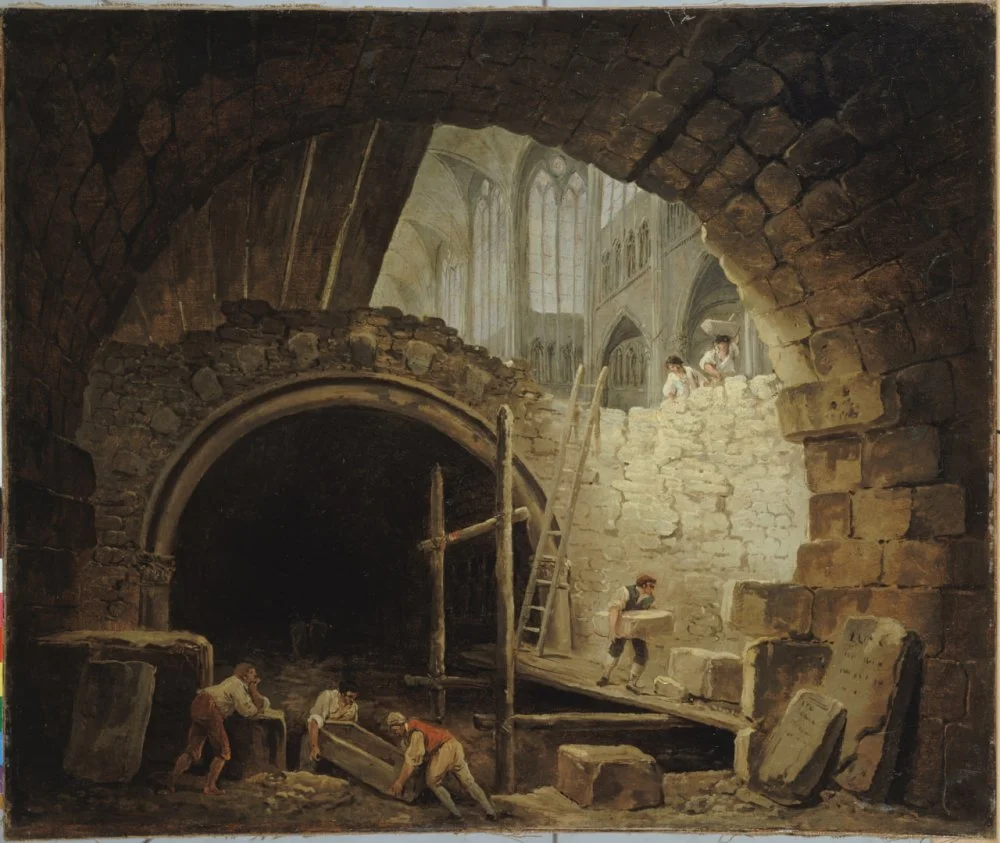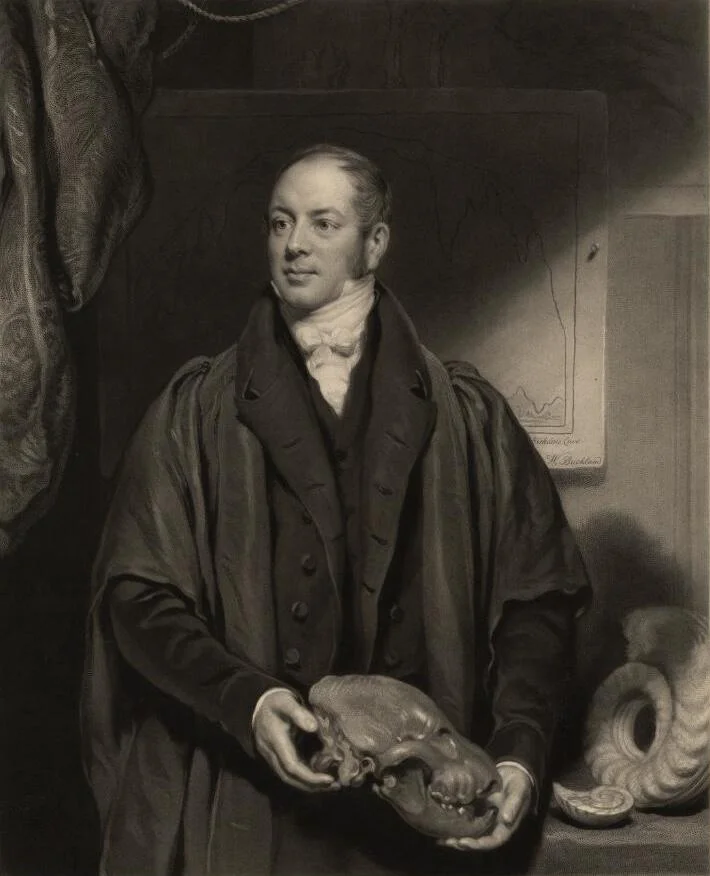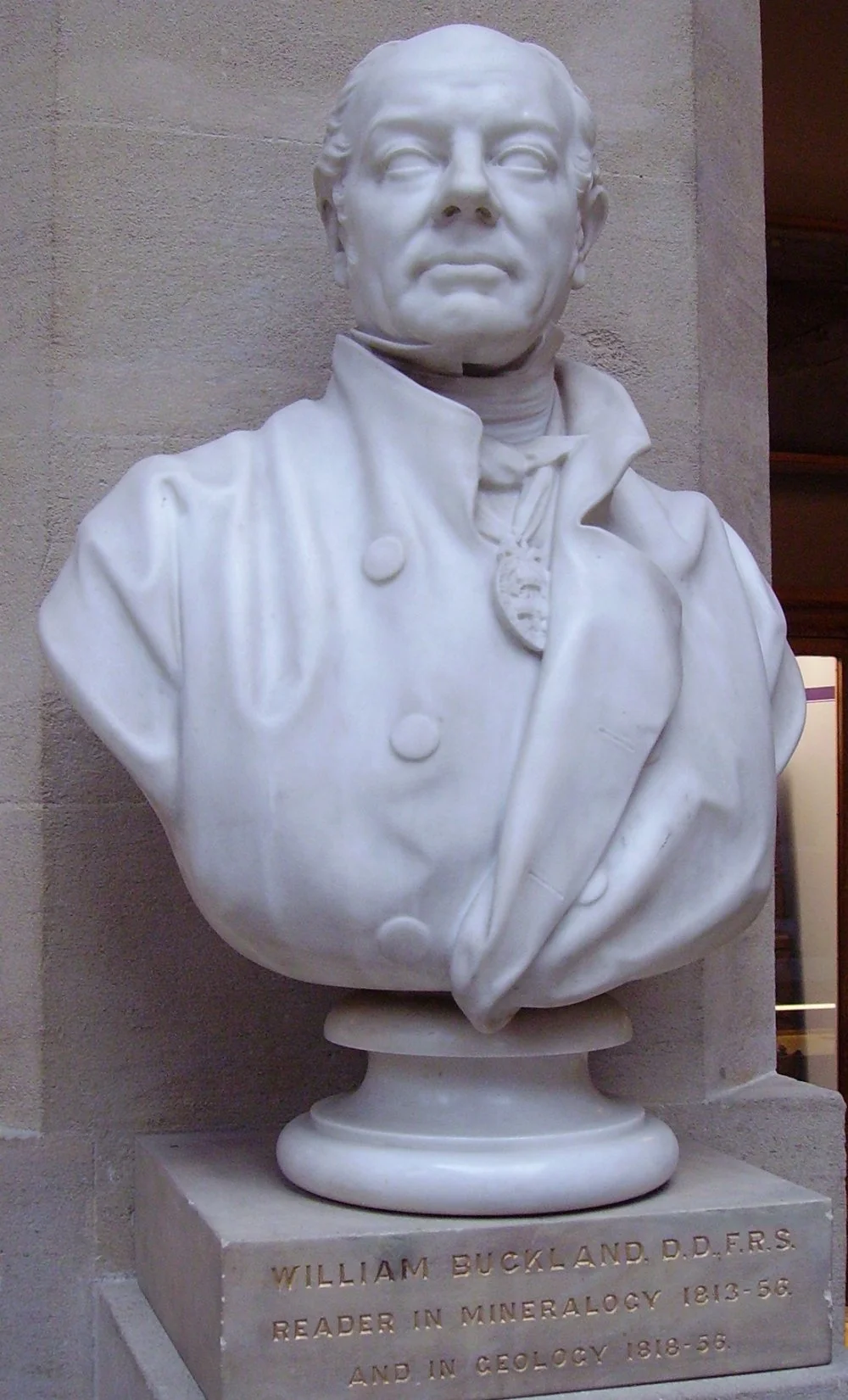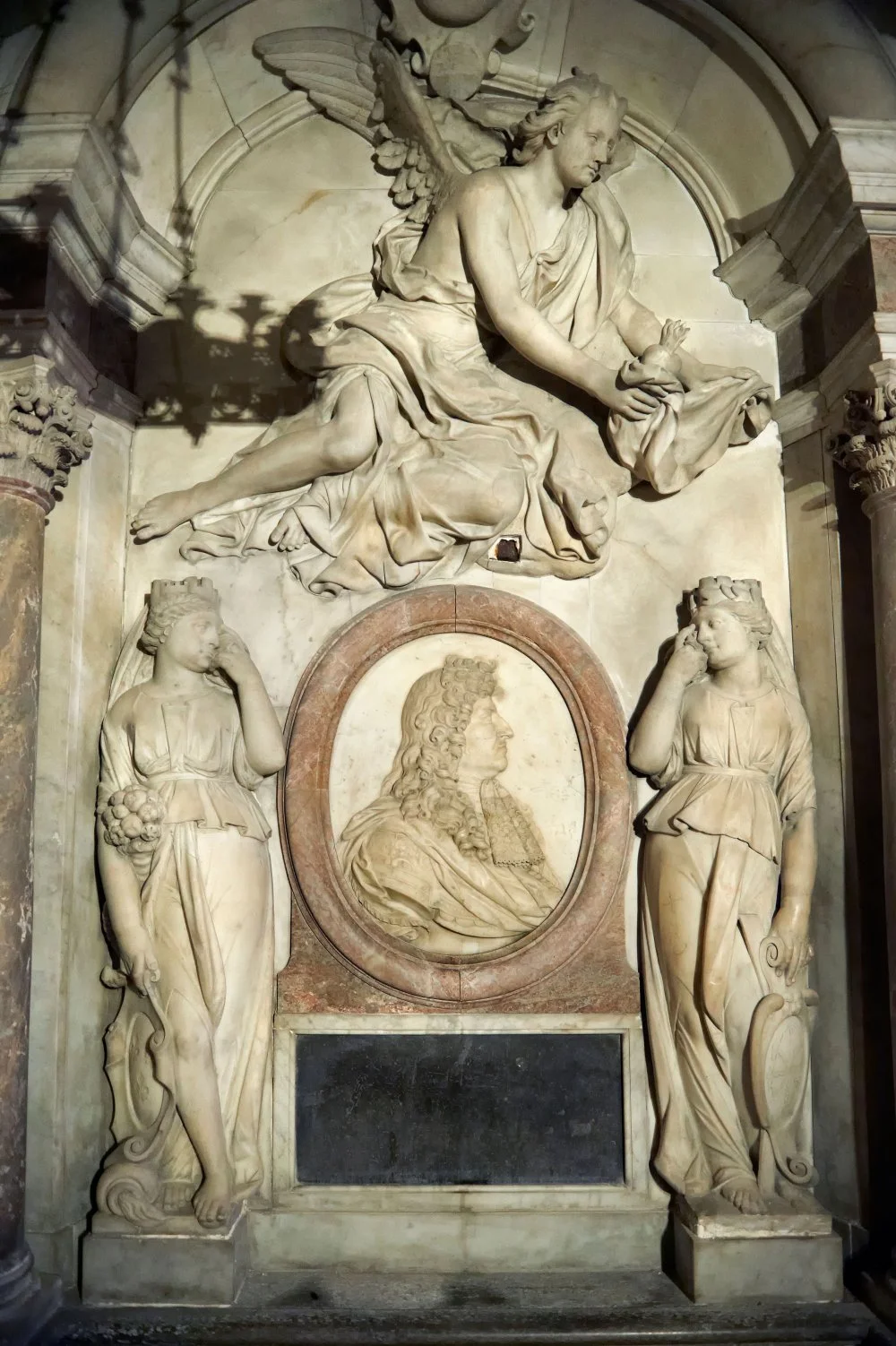
Louis XIV and Molière lunching at Versailles, by Jean-August-Dominique Ingres. Sketch for the painting Le Déjeuner de Molière, which was destroyed in 1871 in the Tuileries Palace. (Comédie-Française Library and Museum, Paris/Wikimedia Commons
Louis XIV, the ‘Sun King’, ruled France for 72 years and 110 days, longer than any other monarch in history. He died in 1715, surrounded by courtiers, holding absolute power. His body was respectfully embalmed and placed in the royal tomb in Saint-Denis. However, neither he nor his heirs could have predicted the fate of his royal remains.
And the reason for this was that the French Revolution began at the end of the same century in the year 1789.
During the mass uprisings, the ancient tomb in Saint-Denis was desecrated, and the royal remains were furiously thrown into the streets, the tombstones ruthlessly smashed. The embalmed heart of the Sun King was stolen and began its journey through the hands of collectors.

Hubert Robert. Looting of Royal Tombs in Saint-Denis Basilica, October 1793/Musée Casrnavalet/Wikimedia Commons
And eventually, after changing several owners in the 1840s, the mummified heart of Louis XIV ended up with the Harcourts, who were British nobility.
At that time, Reverend William Buckland, a distinguished theologian and dean at Westminster Abbey, was a pioneering paleontologist. He had studied dinosaurs and produced the first comprehensive description of the megalosaurus fossil specimen. He was one of the most respected scientists of his time and played a crucial role in establishing modern paleontology.

Samuel Cousins “The Reverend William Buckland, D.D. F.R.S”, English clergyman, geologist and palaeontologist (1784-1856//Welsh Portrait Collection at the National Library of Wales/Wikimedia Commons
However, he was an extraordinarily eccentric person. For instance, he was known for his experiments in ... well, let’s just say the culinary arts. Or dietetics—it’s hard to pin it down. The fact is that Reverend William Buckland was obsessed with the idea of tasting as many strange things as possible. He ate moles, stones, sand, earthworms, and flies. He eagerly shared his culinary discoveries with acquaintances, and even though Victorian England was very prudish regarding sex, there were extremely liberal views on eccentricities of any other kind. If a gentleman or lady enjoyed dancing a jig on their roof on Fridays, wearing a cabbage instead of a hat, or eating flies, it was considered a personal matter, and it didn’t diminish the respect they received in society. As a matter of fact, eccentricity was even fashionable; a person ‘without quirks’ quite often risked being labeled limited and mundane.
And so, Reverend Buckland ate the strangest things he could find. He imported various animals into England, some of which (including a hyena) he kept in his personal zoo, using them not only for scientific research or entertainment but also as food. Once, he told an acquaintance that his goal was ‘to taste every animal on earth’.
In 1848, Buckland was invited to Lord Harcourt's home for dinner, and during the meal, a curiosity from the family collection—the mummified heart of King Louis XIV—was passed around among the guests. Eyewitnesses later reported that it was shriveled, petrified, and the size of a walnut.
When the silver medallion containing the brown substance, resembling a dried walnut, reached Buckland, he said: ‘I have eaten many strange things, but I have never eaten a king’s heart before.’
With these words, he quickly put the king’s heart into his mouth and swallowed it.
The Harcourts did not hold any grievances against Buckland for eating the prized exhibit from their collection, but they did not deny themselves the pleasure of sharing the story with their guests. Thus, this fact became widely known, even though it was not officially documented.
As a former dean of Westminster Abbey, Buckland has a commemorative bust and plaque there, alongside other notable Britons. Interestingly, among the list of his scientific and theological achievements on the abbey’s website, there is also a mention of the eaten royal heart.

Bust of Buckland in the Oxford University Museum of Natural History/Wikimedia commons
The French long refused to acknowledge ‘this silly English tale’. They, of course, might have looted the tomb of their monarch-oppressors but it was certainly not to feed the remains of French royalty to any English fools. And they maintain that the heart of Louis XIV lay where it should: in a sealed metal casket in the crypt of Saint-Denis Cathedral, where no one is allowed to view it because that would be a sacrilege and an outrage.

Baroque tomb of King Louis XIV of France and Navarra (1638 - 1715) , ruler from 1643 - 1715. The Gothic Cathedral Basilica of Saint Denis ( Basilique Saint-Denis ) Paris, France/Alamy
Alas, history has a different tale to tell. As the renowned historian Georges Lenotre notes in his book The Daily Life of Versailles under the Kings: ‘However, during an investigation undertaken by Abbot Duperon, only a round box was found in the casket, containing a few pieces of a substance that mostly resembled bone fragments.’
While this physical absence doesn't confirm the legend of whether the Sun King’s heart was devoured by an Englishman, it certainly doesn't disprove it either.